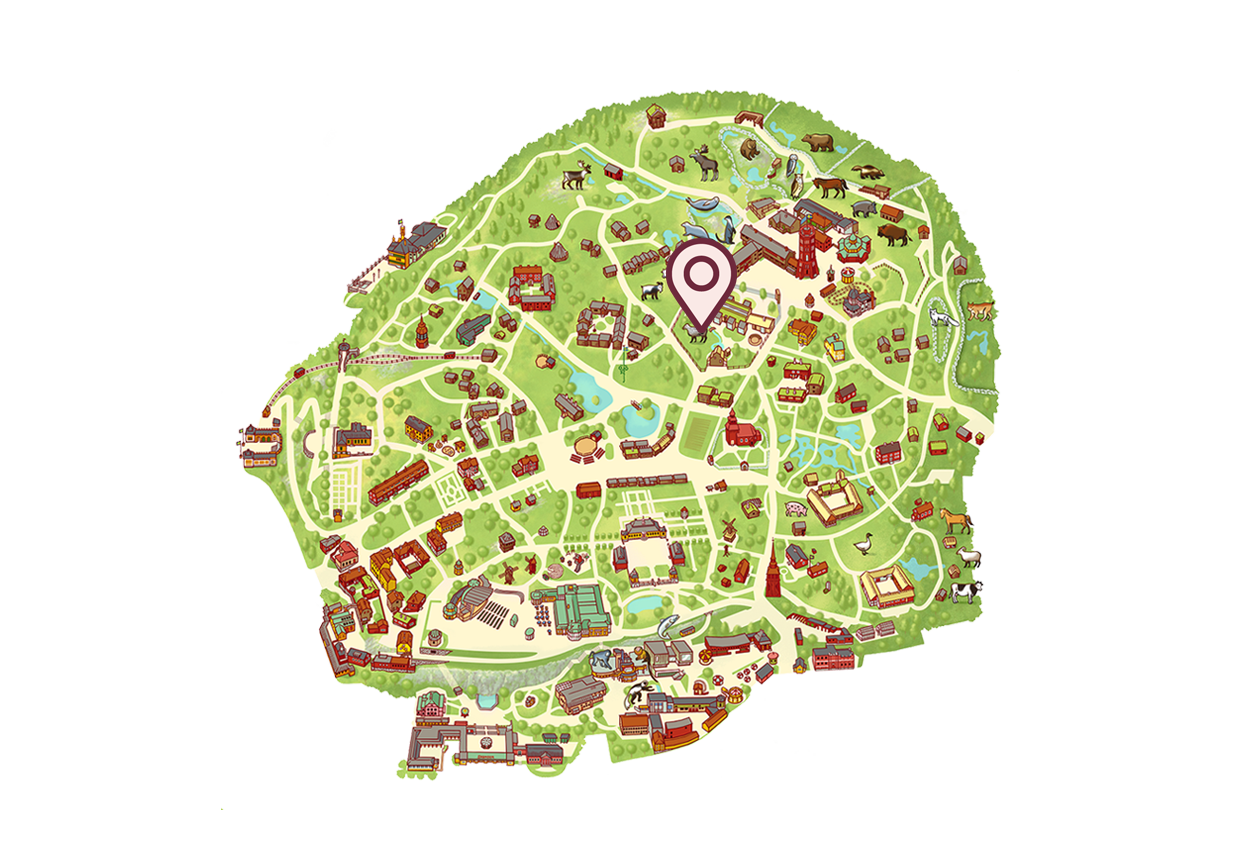Roslag sheep
The Roslag sheep is a native breed that has adapted to the unique Swedish rural conditions over the course of a long time. They were once found on almost every farm in Roslagen, but quickly disappeared during the 20th century and were replaced by more productive breeds. Today, efforts are underway to preserve the breed.
You can find the Roslag sheep here
